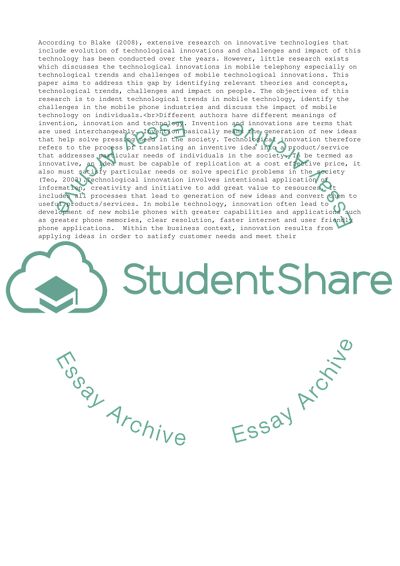Cite this document
(Innovation technologies usage and impact on mobile phone industry and Literature review, n.d.)
Innovation technologies usage and impact on mobile phone industry and Literature review. https://studentshare.org/business/1881347-innovation-technologies-usage-and-impact-on-mobile-phone-industry-and-customers
Innovation technologies usage and impact on mobile phone industry and Literature review. https://studentshare.org/business/1881347-innovation-technologies-usage-and-impact-on-mobile-phone-industry-and-customers
(Innovation Technologies Usage and Impact on Mobile Phone Industry and Literature Review)
Innovation Technologies Usage and Impact on Mobile Phone Industry and Literature Review. https://studentshare.org/business/1881347-innovation-technologies-usage-and-impact-on-mobile-phone-industry-and-customers.
Innovation Technologies Usage and Impact on Mobile Phone Industry and Literature Review. https://studentshare.org/business/1881347-innovation-technologies-usage-and-impact-on-mobile-phone-industry-and-customers.
“Innovation Technologies Usage and Impact on Mobile Phone Industry and Literature Review”. https://studentshare.org/business/1881347-innovation-technologies-usage-and-impact-on-mobile-phone-industry-and-customers.


